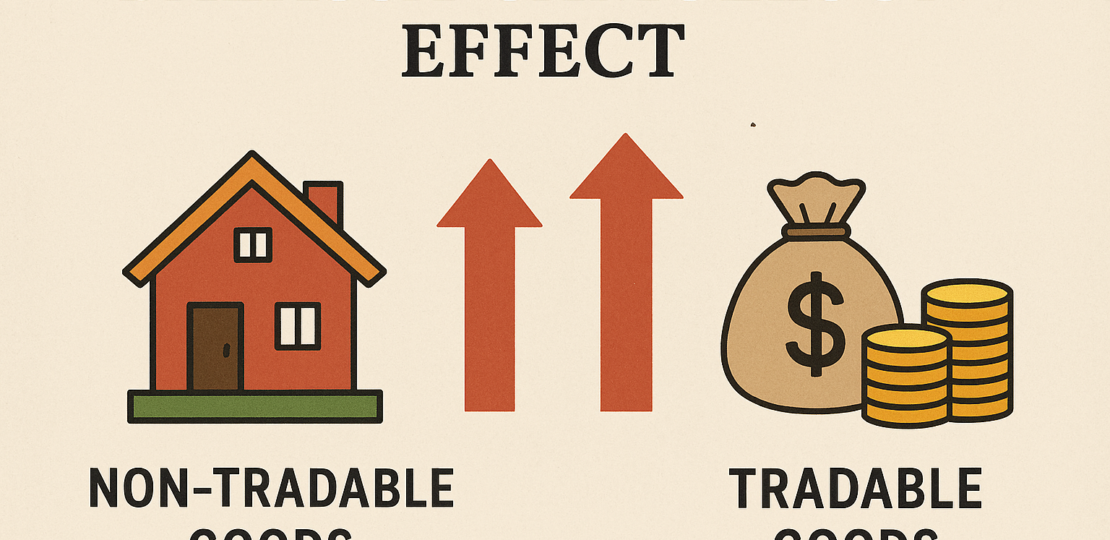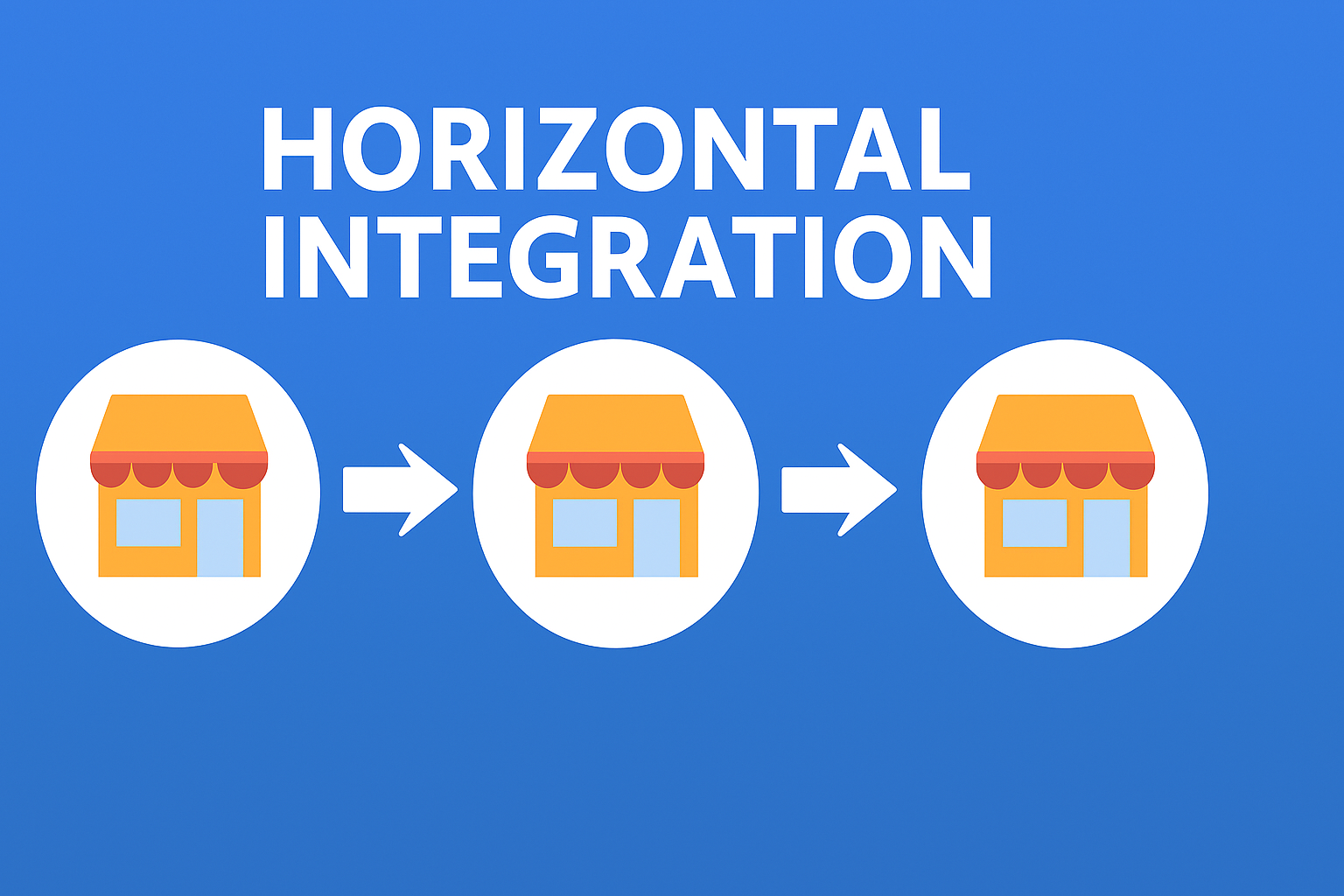
Why is it that a coffee in New York might cost triple what it does in a small town in Vietnam—even though coffee beans might be grown closer to Vietnam? Economists have a way of explaining this puzzle, and it’s called the Balassa-Samuelson Effect.
At its core, this idea says that prices tend to be higher in richer countries than in poorer ones—not because the goods themselves are magically better, but because of how wages and productivity are connected. In wealthier countries, workers in industries that sell goods internationally (like tech manufacturing or car production) are more productive, so they get paid more. But those higher wages spill over into local services—think haircuts, restaurant meals, or that cup of coffee—even though productivity in those services isn’t much different from country to country. The result? Everyday things cost more in rich countries.
The theory is named after two economists, Béla Balassa and Paul Samuelson, who independently described it in the 1960s. Using economic data, they showed that as countries grow richer and their export industries become more efficient, wages rise across the board—pushing up prices for services that can’t easily be traded internationally. This is why, for example, you can buy a cheap meal in Thailand but not in Switzerland, even if the ingredients are similar.
The Balassa-Samuelson Effect matters because it helps explain differences in cost of living, purchasing power, and why the same amount of money stretches further in some places than others. It also plays a role in currency value comparisons and global market analysis. In a nutshell, it reminds us that prices aren’t just about supply and demand—they’re shaped by how a country’s productivity and wages interact, even in places far from the factory floor.
RELATED POSTS
View all


